Are you wearing yours the right way?
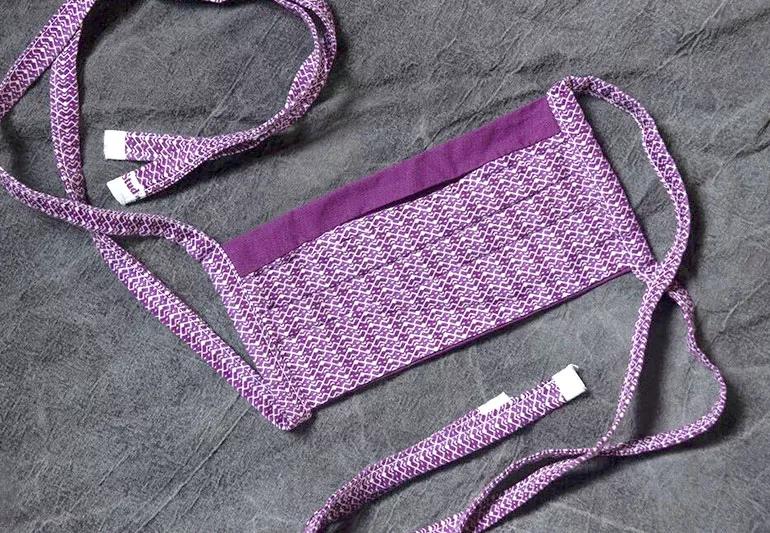
Ever since the Centers for Disease Control and Prevention recommended that people wear cloth face masks in public places to reduce the spread of COVID-19, there’s been much debate about masks.
Advertisement
Cleveland Clinic is a non-profit academic medical center. Advertising on our site helps support our mission. We do not endorse non-Cleveland Clinic products or services. Policy
Cloth masks aren’t the same as surgical masks or N95 respirator masks, which are used by medical workers at high risk for being exposed to the coronavirus. Cloth masks may not prevent you from inhaling any particles that carry the coronavirus. But that doesn’t mean it’s not worth wearing one.
Aaron Hamilton, MD, sets the record straight on some common misunderstandings about masks.
Wearing a homemade cloth face mask is an easy way you can help protect others in your family and community.
The 2019 novel coronavirus is thought to mainly be spread through viral droplets that come out of people’s nose or mouth when they cough, sneeze or talk. Cloth masks act as a physical barrier to keep large droplets from spewing out into the air, where someone else could breathe them in and become infected.
Studies have demonstrated that cloth masks reduce the number of microorganisms that someone releases into the air. So the more people wear masks in an area, the fewer potential viral droplets go into the space, and the less risk that someone will be exposed to the virus.
If you have a mask on, it’s also harder to touch your nose and mouth, which experts say could be another way that the virus gets into the body.
Advertisement
The thing is, we’ve learned that not everyone who gets infected with the coronavirus gets sick. Reports from China showed that people can be infected without showing any symptoms. These people can then unknowingly pass it on to others when they cough, sneeze or talk. This is thought to be a major factor in the quick spread of the virus.
So, because we don’t know for sure who’s infected, the best option is for all of us to wear masks. It’s an act that contributes to a greater public good. It shows that we care for one another.
Masks are just one piece of the strategy for preventing the spread of the coronavirus. Unfortunately, they won’t prevent anyone from coughing or sneezing on you, and they may not prevent you from getting sick.
So it’s important to follow all the recommended steps for protecting yourself, including practicing proper social distancing when you’re around others, not gathering in large groups and washing your hands frequently.
A mask should cover your mouth and your nose. It should be snug but comfortable against the sides of your face, and you should be able to breathe without restriction. Choose one that secures with ties or ear loops. Don’t wear your mask around your neck or chin, or over your head — that doesn’t protect anyone.
There’s been some speculation on social media that wearing a mask can cause you to rebreathe the carbon dioxide you exhale and make you sick. While inhaling high levels of carbon dioxide is dangerous, this is very unlikely to happen from wearing a cloth face mask — especially if you’re only wearing it for short periods of time.
However, there are some people who shouldn’t wear cloth masks. This includes kids under age 2, anyone who has trouble breathing or anyone who can’t take the mask off without assistance.
Advertisement
Learn more about our editorial process.
Advertisement
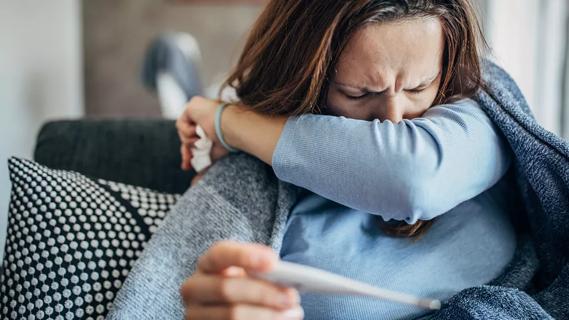
It’s best to treat flu-like symptoms as if you have COVID-19
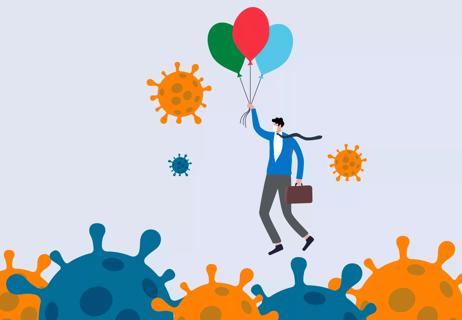
COVID-19 reinfections are on the rise, and there’s no limit to how many times you can get infected
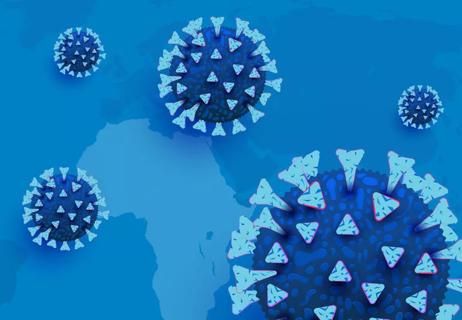
What we do – and don’t – know about the latest COVID-19 variant
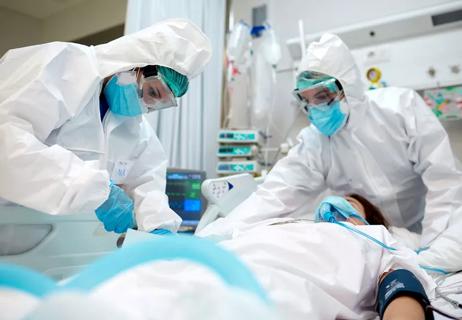
A look at four medications and how they're being used
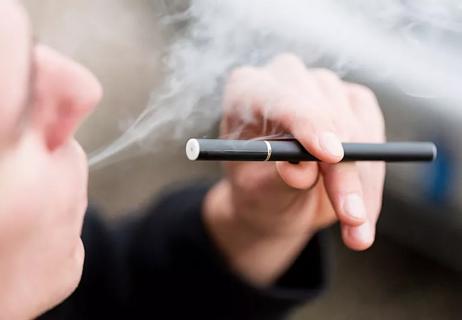
More data that two are directly linked

The short answer from an infectious disease specialist

It's all about small goals and riding the emotional wave

The short answer from a pulmonologist

Type 2 diabetes isn’t inevitable with these dietary changes

Applying a hot or cold compress can help with pain